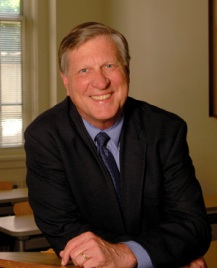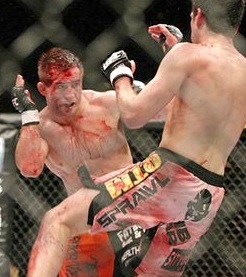 How do you define “narrative preaching”? And, alongside that question, another one: How much story do you think appropriate in a sermon? What did you learn in seminary about the appropriateness or frequency of stories in sermons?
How do you define “narrative preaching”? And, alongside that question, another one: How much story do you think appropriate in a sermon? What did you learn in seminary about the appropriateness or frequency of stories in sermons?
Tom Long, whom I heard three or four times last Fall when I was at a conference at David Lipscomb University in Nashville, is one of the best preachers I have ever heard. Now to reveal my ignorance: I had never heard of Tom Long before that conference, and it shows what I know about the techniques and literature and theory of preaching. Tom Long, in 1996, was rated as one of the top twelve preachers in the English-speaking world. After hearing him, I resolved to read some of Tom’s sermons and to read what he had written about preaching. So I bought and am now reading Preaching from Memory to Hope
, and I hope you can read it too.
, and I hope you can read it too.
We can’t equate “narrative preaching” with telling stories or with giving illustrations, and in some ways this expression can get complex, so I will appeal to a few observations of Long’s about narrative preaching:
Here are some ideas gathered under the umbrella — seeing the Bible as a collection of stories that form a grand narrative; using real life stories in preaching; the notion that sermons need to be plotted like a short story instead of outlined into propositions or points; an emphasis on metaphors and images.
What do you think of when you someone says a preacher is an advocate of “narrative preaching”?
(By the way, from what I’m reading, a major voice in defining narrative preaching is Fred Craddock, As One Without Authority
and Preaching
.)
and Preaching
.)
It seems to me that use of stories is not the point. Instead, the major idea is that the structure of the sermon is less “old homiletic” or “inductive” or “point-by-point” or “propositional” with a “defense,” but instead the sermon is shaped with a plot (character, conflict, resolution — a person who wants something and has to overcome obstacles to get it).
Tom Long’s book contains the Lyman Beecher lectures at Yale, but is more than those lectures. In his first chp he sketches the advocates of narrative preaching (Grady Davis, Fred Craddock, Eugene Lowry) and then maps the critics:
Conservatives worry about the lack of didactic information, entertainment, too little doctrine, lacking in ethical appeal and not evangelistic enough.
Moderates contend that narrative worked when folks knew their Bibles and their beliefs but needed to be awakened, and those are not the issues today.
The left side argue that there is too much power and reshaping and ideology at work in the narrative preacher.
Long thanks each of these but doesn’t think their criticisms are fatal, even if well-aimed at times. He thinks sermons need to do what Augustine said: teach, delight and persuade. Narrative can do too much delight and not enough teaching and persuading, but it can’t be abandoned.
In fact, he argues four points:
1. Narrative as dress rehearsal, where the preacher embodies the activity of God in human events.
2. Narrative as congregational canon, where stories being told shape a community.
3. Narrative as means for remembering the lost and silenced.
4. Narrative as process for coming to faith…
And Tom Long is one of the best storytellers of all time, and this book’s got some great stories. Preachers need this book.
For those of you who are either narrative preachers or who do some narrative preaching, who do you think is best at teaching/writing about this?

